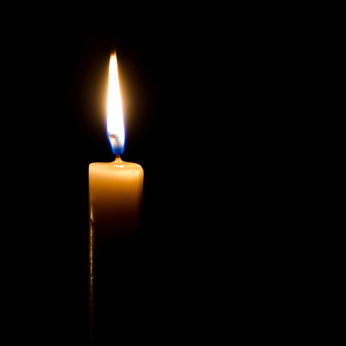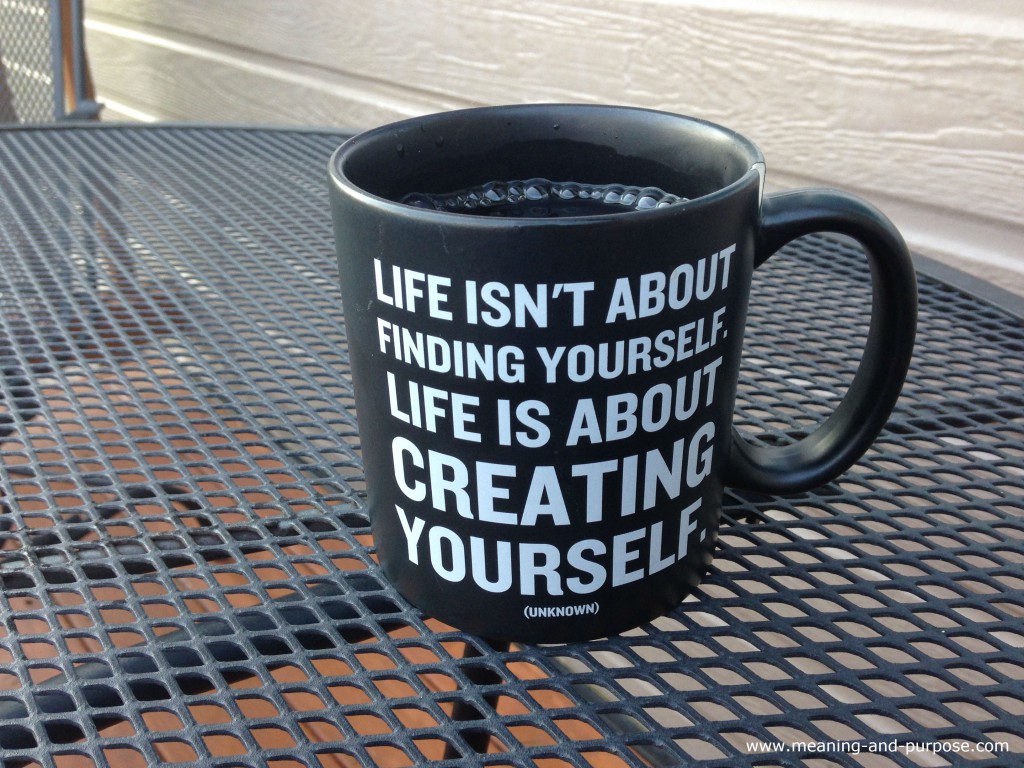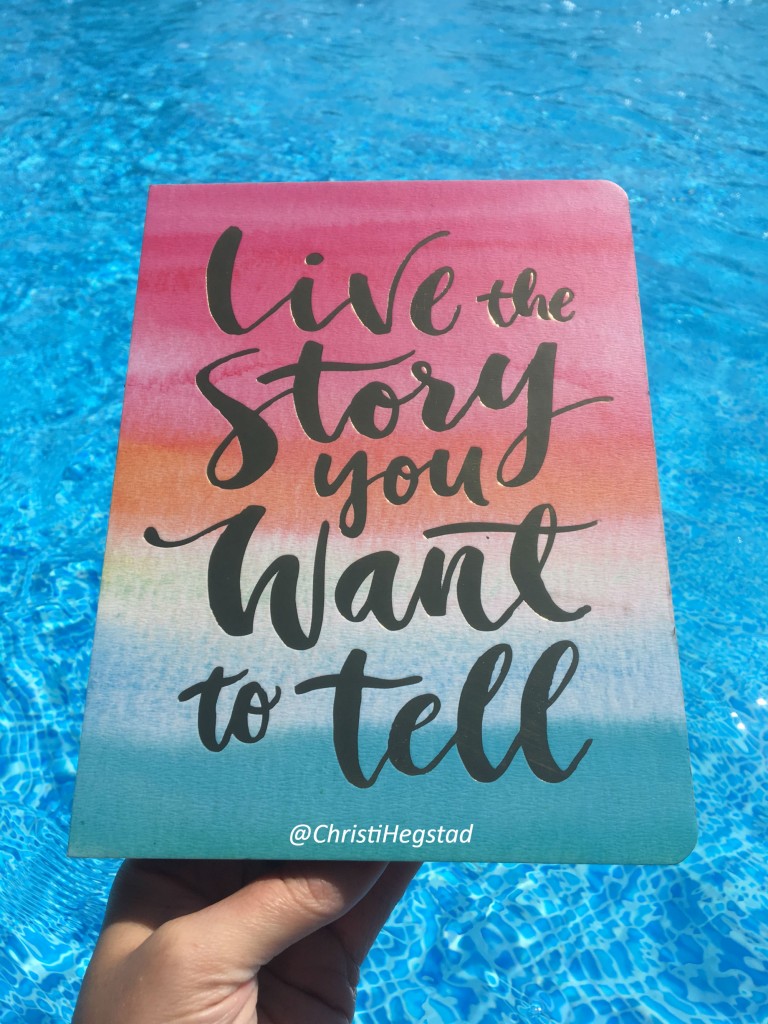If you’ve been with me for a while, you might recall an article I wrote last summer highlighting 15 ways I simplified work and life. What I didn’t mention – because I don’t think I had realized it yet myself – was the reason I took a step back and streamlined everything I possibly could.
In all honesty, I was exhausted. I found myself continually second-guessing my actions, struggling with decisions, and worrying more than usual. I wasn’t sleeping well and started experiencing some physical issues. And although I love what I do, I began wondering if I even wanted to continue owning a business.
In hindsight, I was experiencing a hefty case of burnout.

Symptoms Of Burnout
Other symptoms had surfaced in a variety of ways, over the course of many months. Procrastination. Distraction. Decision fatigue. Lack of motivation. Random tears at random times. It seemed as though my inner achiever just up and left, and in her place came a tired, cranky tyrant who wanted everything done yet didn’t want to do anything.
But I had no idea why.
Like I said, I love what I do. I work with outstanding clients, my business honors my values and supports my purpose, and I have great autonomy. Amidst my lack of energy, I never thought to ask myself, “Can burnout happen when you love what you do?”
The simple answer? Yes. And the more I’ve talked about this, the more common I am finding burnout – especially among leaders, achievers, and the highly-engaged.
Research supports this as well. A recent Harvard Business Review article finds 1 in 5 employees highly engaged *and* on the verge of burnout – what they call ‘engaged-exhausted’ workers. “Companies may be at risk of losing some of their most motivated and hard-working employees not for a lack of engagement,” write Emma Seppala and Julia Moeller, “but because of their simultaneous experiences of high stress and burnout symptoms.”
In addition to those mentioned earlier, symptoms might also include difficulty concentrating, irritability, more frequent colds or headaches, frustration, and myriad others.

What Causes Burnout?
Burnout can stem from a variety of sources. According to Susan Wilson of the American Psychological Association, factors may include an unmanageable workload, lack of control, low sense of community, and an incongruence between values and work. In addition, contributors like increased layoffs or decreased benefits can play a role.
Interestingly, most of those didn’t apply to my situation. But looking back, I can clearly pinpoint two others.
* My vision felt fuzzy. I have long known that vague goals lead to vague results. But due to numerous changes both personally and professionally, I could not state with certainty where I was headed. Lack of clarity can often lead to a sense of futility.
* My confidence had dipped. I wish we could simply ‘attain confidence’ and then just stay there forever. In reality, we continuously face experiences requiring us to step up our confidence game. At the time, mine felt marred by recent losses, doubts, and an influx of ‘shoulds’.
Low clarity and confidence had taken a toll.
And while business ownership, and really any form of leadership, can be an incredible blessing, it’s certainly not without its challenges. One moment, you’re doing a happy-dance around your office because a client just reached an incredible goal she’s worked toward for months. Ten minutes later you’ve received a gigantic and unexpected service bill, discovered someone copying your work, faced a decision that could ultimately make or break your company… and suddenly you’re leaning back in your chair wondering why you ever thought running a business would be a good idea.
I had experienced a good stretch of such ups and downs. I was burning the candle at both ends, and I was tired.

From Burnout To Breakthrough
Fortunately, we can take action to minimize burnout and its effects, and perhaps prevent it from arising in the first place. In addition to shoring up healthy basics like nutrition, exercise, and sleep, my breakthrough came from a combination of strategies, three of which I’ll share below:
1. Get Support.
First and foremost, don’t be afraid to seek help. As achievers, this does not always come easily; we often have an inner dialogue characterized by ‘shoulds’ (as in, “I should be able to figure this out”).
My coaches, mastermind partners, and key relationships were invaluable in helping me break free from the grips of burnout; the same might work for you. A therapist, physician, or health professional may prove helpful as well. If you are an employee, your leader, Human Resources office, or EAP may also support you.
The main point: You don’t have to go it alone.
2. Get Perspective.
In addition to the perspective an objective third party like a coach can provide, you can also gain valuable insights by stepping away from your current routine and conducting a re-examination. Things I found particularly helpful in this regard:
* Minimizing. I listed all my tasks and responsibilities, then for each one asked: Is this truly, absolutely, 100% necessary? The number of YES responses was surprisingly small; the rest I temporarily put on hold.
* Unplugging. I started checking email only at certain times of the day and completely stepped away from social media for several weeks. You may be surprised not only the amount of time these activities take up, but also the mental freedom. I returned to social media deciding with intention how – and how frequently – I would engage.
* Meditating. Developing this practice took me completely by surprise and has continued to prove more powerful than I ever could have imagined! Click here to learn more about my experience and to pick up a few suggestions.
3. Get Clear.
I have found five key areas for clarity when breaking through burnout, one being what I call the “Realistic Ideal.”
Basically, this involves envisioning and mapping out your ideal week. Not a vacation week, but one that incorporates your top priorities while also allowing for realities like work, commuting time, and sleep.
By helping one of my coaching clients get clear on his ideal vision and start taking actions to make it real, he freed up nearly 20 hours per month – time he now invests in strategy, leadership development of his team, and other actions that engage his strengths and invigorate his spirit. Powerful!
A word of caution: As an achiever, you may want to jump right into ‘doing.’ Please resist this temptation. Take some time to gain the support, perspective, and clarity you need in order to craft a purposeful plan going forward. From there, you can take aligned action that supports your clarity, confidence, and meaningful growth.

Where I Am Now
I am happy to now report from the other side of burnout. The symptoms didn’t appear overnight nor did they disappear overnight, but once I gained support, perspective, and clarity, I began feeling a renewed sense of energy and confidence. I now have systems and checkpoints in place to hopefully prevent burnout from sneaking up on me again.
To all my fellow achievers, experiencing – and admitting – burnout does not mean you are weak, or on the wrong path, or anything else. As Brianna Wiest writes in Forbes, “Remember that you’re tired, not defeated.” You can get beyond burnout.
My hope with this article is to open a door for awareness, dialogue, and support. If you see yourself (or perhaps your rockstar employee) in any part of what I’ve described here, know that you aren’t alone, nor do you have to go it alone. Hire a coach or gain other support to enhance your clarity, then watch your confidence, energy, and zest follow suit.
Believe me, there is lightness just around the bend! And as the saying goes, your comeback will be stronger than your setback.
I coach achievers to clarify their vision and achieve it with confidence – a focus that became all the more important as I navigated my own experience with burnout. Contact me to discuss coaching possibilities.
















